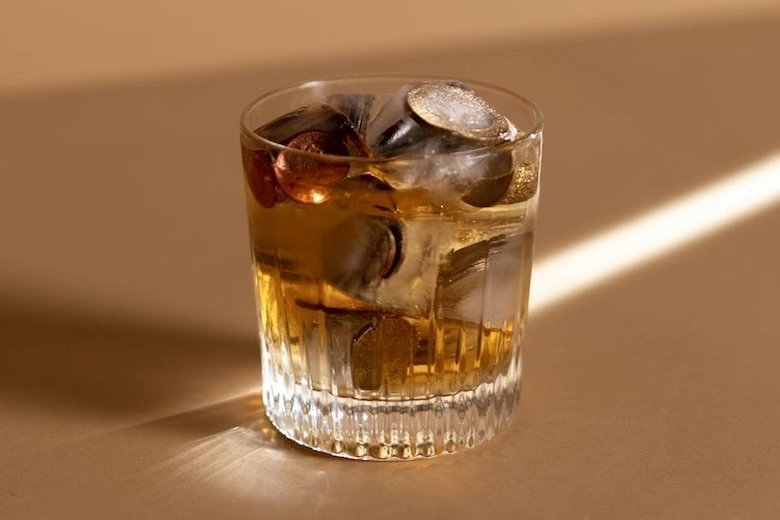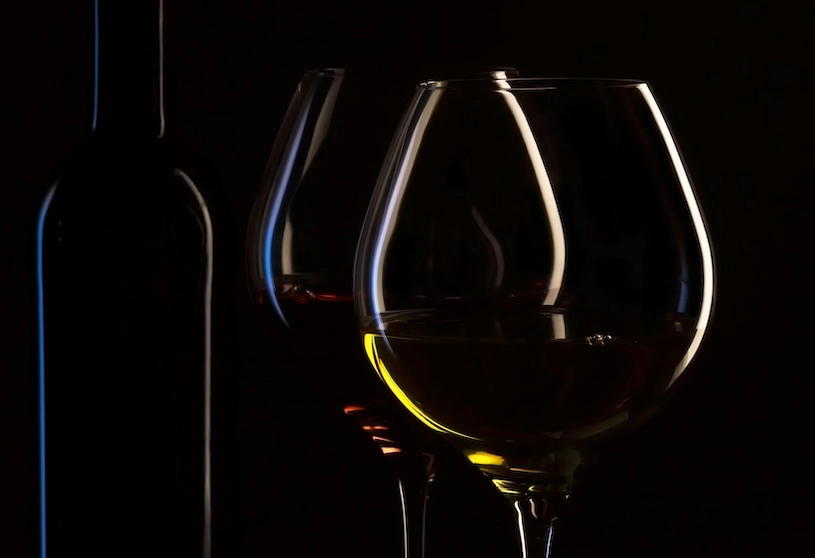The Origins and Early History of Alcoholic Aperitifs
Alcoholic aperitifs have a storied history that traces back to ancient civilizations, evolving through the centuries into a cherished part of culinary and drinking cultures around the world. This article explores the origins, traditional uses, and contemporary popularity of these intriguing beverages.
Origins and Early History
The concept of the aperitif—alcoholic drinks served before a meal to stimulate the appetite—has its roots in the medicinal practices of ancient Egypt and Rome. Early records suggest that these civilizations used infusions of wine with herbal additives not only for enjoyment but for their health benefits, believed to aid digestion and prepare the stomach for food.
In Europe, the formal idea of an aperitif began to take shape in the 17th and 18th centuries. By the 1700s, particularly in Italy and France, the practice of consuming light, often bitter drinks before meals became fashionable. The word "aperitif" itself is derived from the Latin word "aperire," which means to open, signifying the drink's role in opening or stimulating the appetite.
Development of Specific Aperitifs
Several specific aperitifs have origins that highlight the cultural and regional diversity of these beverages. For instance, Vermouth, a fortified wine flavored with various botanicals, originated in 18th century Turin, Italy. It was initially used medicinally but soon gained popularity as an aperitif. Similarly, the French contributed with Pastis and Absinthe, both of which became associated with the café culture of 19th-century France.
In Spain, the aperitif culture includes drinks like Sherry, a fortified wine from the Jerez region, which is typically consumed before meals. The practice of sipping a small glass of sherry to whet the appetite is a tradition that persists to this day.
Rise to Popularity in the 19th and 20th Centuries
The 19th century saw a dramatic increase in the popularity of aperitifs, coinciding with the growth of European café society. This period, particularly in France and Italy, established the aperitif as a social drink, integral to the pre-dinner ritual. The production of aperitifs became more commercialized during this time, with companies like Campari and Cinzano establishing themselves as household names.
The early 20th century brought the golden age of cocktails, which further elevated the status of aperitifs. Classic cocktails such as the Negroni and the Martini, both of which use vermouth, became staples in bars across the globe.
Modern Usage and Trends
Today, the tradition of the aperitif has spread worldwide, adapting to modern tastes and cultures. While the classic European styles remain popular, new variations and locally inspired aperitifs have emerged. For instance, in the United States and Canada, the craft cocktail movement has revived interest in both traditional and innovative aperitifs, often incorporating local ingredients and artisanal spirits.
Aperitifs are now enjoyed not only as palate-stimulators before meals but are also featured in brunches and as part of cocktail hour, reflecting a more relaxed and social approach to dining. The resurgence of interest in herbal and bitter flavors has further helped in cementing the position of aperitifs in contemporary dining and leisure scenarios.
Conclusion
The history of alcoholic aperitifs is a fascinating journey through time, culture, and taste. From ancient herbal infusions to sophisticated pre-dinner drinks that define modern gastronomy, aperitifs have continually evolved, yet their core purpose remains the same—to enhance the culinary experience by stimulating the senses and preparing the palate for the pleasures of a meal. As we look to the future, the evolution of aperitifs is bound to be as dynamic and enriching as their storied past.
Cocktail Friend is here to help!
We have over 16,000 cocktail recipes and we intend to grow. We also have a growing collection of curated articles.
Don't see a drink or thing one should be updated?
Reach Out and let us know.
Note: Don't forget to review the drinks you love, stock your Cocktail Friend Cabinet, and share your favorites with your friends.

Does expensive alcohol taste better or make for a better cocktail? Is it true that you get what you pay for? We'll explain.
Does expensive alcohol taste better or make for a better cocktail? Is it true that you get what you pay for? We'll explain.

The Old Fashioned is known for its simplicity, which highlights the whiskey. Learn how it has remained popular for generations.
The Old Fashioned is known for its simplicity, which highlights the whiskey. Learn how it has remained popular for generations.
